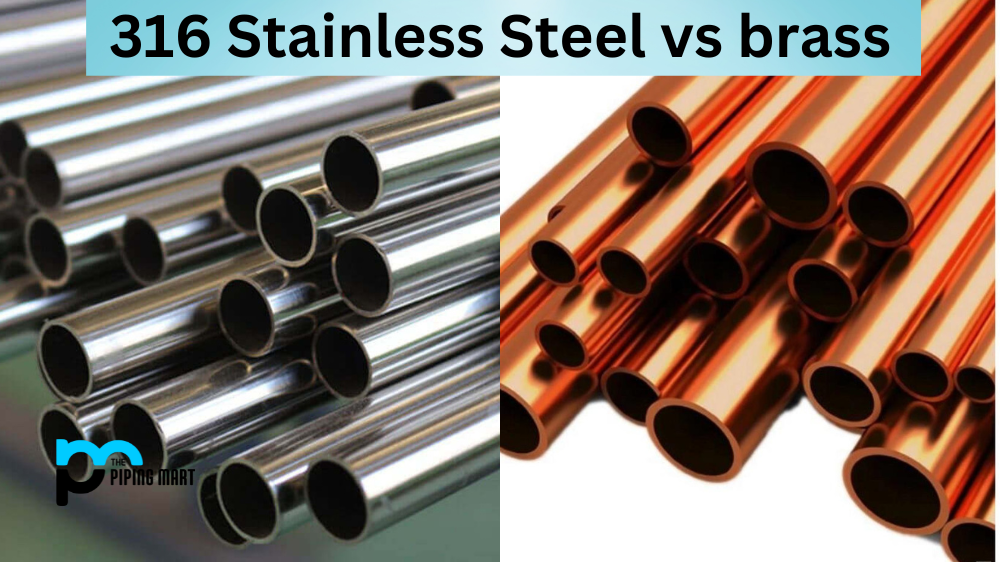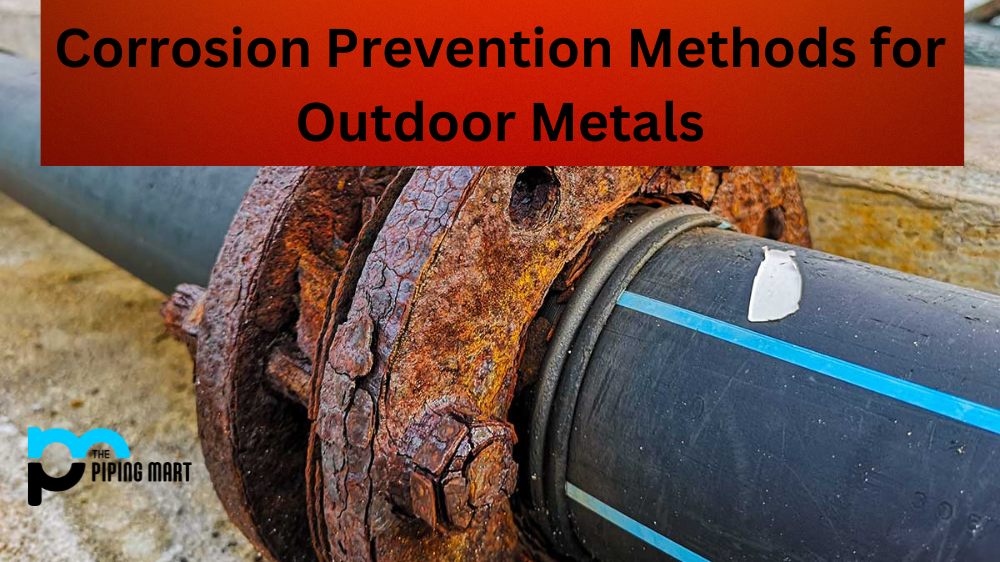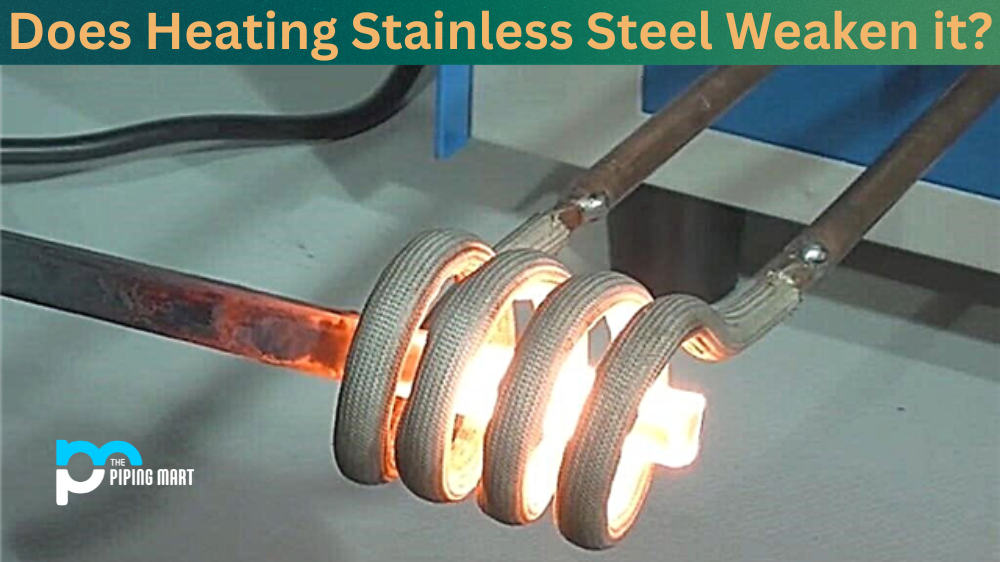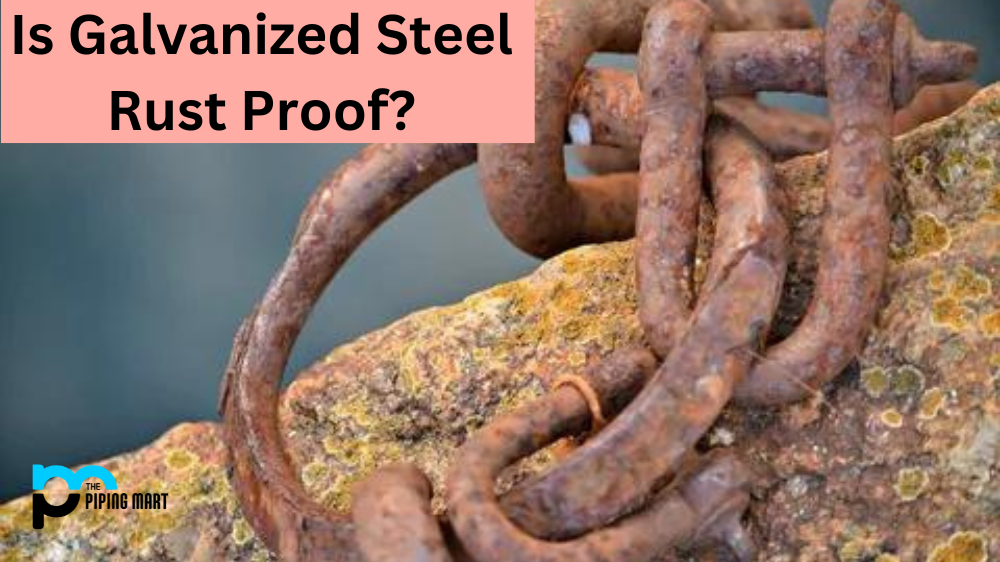Regarding materials used in manufacturing, brass and stainless steel are two popular choices. Both have unique properties and advantages, but one may be a better choice in certain applications. In this blog post, we’ll focus on 316 stainless steel and brass, looking at each material’s characteristics and comparing them to help you decide which is best for your project.
What is 316 Stainless Steel?
316 stainless steel is an alloy that contains chromium, nickel, and molybdenum. It is considered marine-grade stainless steel because of its resistance to corrosion in saltwater environments. Additionally, 316 stainless steel is resistant to high temperatures and can be used in applications where temperatures exceed 1000 degrees Fahrenheit.
What is Brass?
Brass is an alloy that contains copper and zinc. It is known for its durability and resistance to corrosion. Also, brass has a low friction coefficient, making it ideal for applications with a lot of wear and tear.
Difference Between 316 Stainless Steel and Brass
Cost
316 stainless steel is typically more expensive than brass. It contains more expensive metals, such as chromium and molybdenum. Also, brass is less widely available than 316 stainless steel, which can affect its cost.
Applications
316 stainless steel is commonly used in marine applications because of its resistance to corrosion from salt water. Additionally, it is often used in high-temperature applications, such as those that exceed 1000 degrees Fahrenheit. Brass is commonly used in applications with a lot of wear and tear, such as doorknobs and plumbing fixtures. It is also often used in musical instruments because of its low friction coefficient.
Durability
Both 316 stainless steel and brass are durable materials. However, 316 stainless steel is typically more durable than brass, especially in high-temperature applications.
Conclusion
In conclusion, brass and 316 stainless steel have unique properties and advantages, and the choice of which material to use depends on the specific application. However, when it comes to high-strength, high-temperature, and harsh environment applications, 316 stainless steel is often the better choice. Its impressive corrosion resistance, strength, and durability make it ideal for these applications while providing a non-magnetic option. Although brass may be more cost-effective initially, the quality, reliability, and long-term savings of 316 stainless steel make it the better choice for most high-performance applications.

Abhishek is a seasoned blogger and industry expert, sharing his insights and knowledge on various topics. With his research, Abhishek offers valuable insights and tips for professionals and enthusiasts. Follow him for expert advice on the latest trends and developments in the metal industry.




